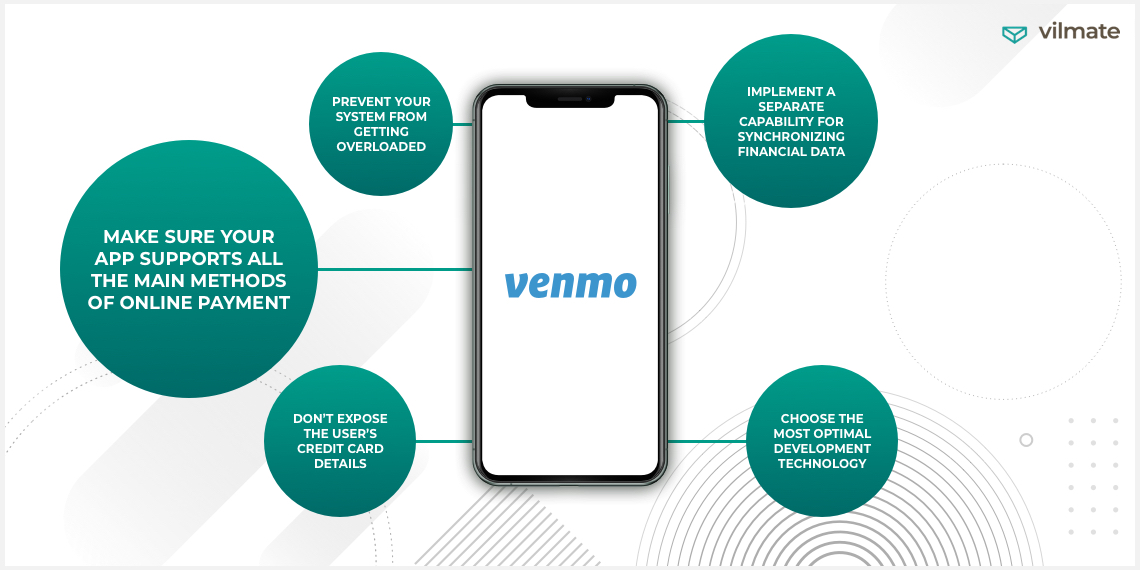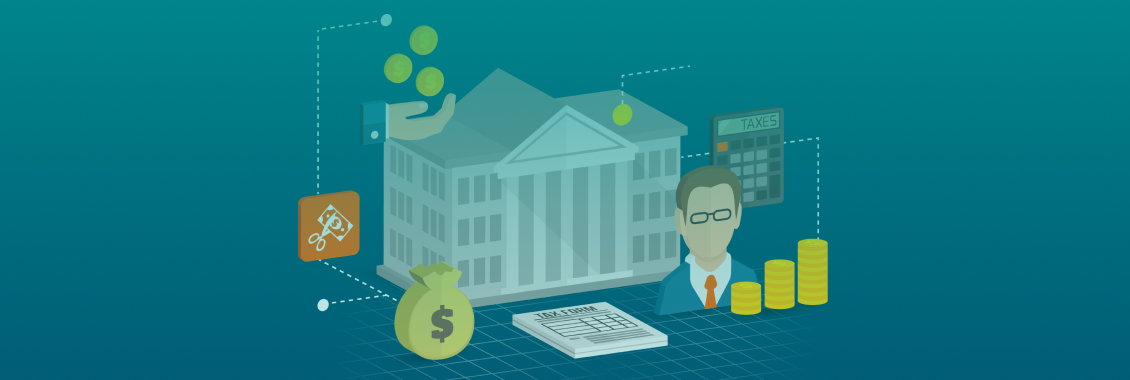If you have the ambition to make the daily lives of thousands of people easier, you should consider improving their payment experiences by making an app like Venmo. The intricacies of the world of finance can be all the more annoying, so if you have to deal with them on a daily basis for mundane reasons, they are becoming a nuisance. If you need to return a small borrowed amount to a friend or pay your local handyman for nailing a board to a tool shed, making out checks or taking a walk to an ATM may get especially irksome. So, keep reading to learn how to build a P2P payment app that may help users solve all these tasks.
Origins of Venmo — peer-to-peer payment pioneer
Things started changing rapidly in 2009 with the advent of Venmo, a mobile payment app that has, over the years, become all the rage with a vast number of users. The bulk of the app’s audience is Millennials. Within just 5 months of the app’s launch, it became prominent enough to be purchased for $ 26.2 million by Braintree, a PayPal company and a payment provider whose client accounts include several iconic names and universally known disruptive startups.
Initially conceived as a p2p (peer-to-peer) payment app, Venmo combines the concept of a payment wallet app with that of a social network. Presently, the app allows making secure, cashless transactions with both friends and businesses located in the user’s vicinity. The user’s account is linked to either their bank account or their credit card. It is possible to make a search for and add a friend, as well as view all your transactions, illustrated with emoticons, in a continuous feed.
The Trust feature of the app allows you to automatically pay for recurring needs, such as for example, utilities. Easy-to-use, visually appealing, free-to-use (whatever charges there are all billed to the beneficiary businesses) and fun to use otherwise.
Steps to take when building an awesome p2p payment app
Although Venmo was the first to appear in the mobile payment industry (and that’s why we’re talking about developing an app like Venmo), there are alternatives now. People may use Venmo, Cash App, Google Wallet or Zelle depending on their preferences or needs, and the list of payment apps keeps growing.
However, if you want to create a payment app, the steps to take will be universal. What does one need to know and take into account to successfully implement a payment app development project and build a great wallet app like Venmo?
These are some useful tips that may prompt you on how to build a mobile payment system and get the best result possible.
1. Make sure your app supports all the main methods of online payment
In order to be able to respond to all your client’s needs, your mobile payment app must support the following online modes of payment:
- Online eCommerce payments
- On-the-spot payments at retailers
- P2P payments within the system’s network
However, simply supporting the above payment modes is unlikely to give you an edge. In order to size up your target audience’s interest in your app, you should also look into the possibility of incorporating the various possible use cases the above payment modes can be associated with, even the less obvious ones. Your users may appreciate the following features as part of your payment wallet app:
Paying a merchant on an installment plan.
Paying a taxi cab service (with the discount calculation).
Sending and receiving a friend-to-friend borrowing request.
Transferring a borrowing request to a friend with a comment.
Setting a borrowing limit for a friend and allowing them to withdraw a set amount, a set number of times and/or at set intervals. This feature could be of particular interest to parents.
2. Don’t expose the user’s credit card details
Any payment, even a cash one, requires a certain level of safety and security. With mobile payments, your phone plays the role of your credit card. To make the money transferring in an application safe and secure for users, you should, in the first place, integrate a mobile payment gateway. Venmo’s app architecture is streamlined and secure, so make it your priority during your P2P payment app development, too.
While paying at retailers, the users of your mobile payment app will use their phones in exactly the same capacity to affect transactions. Make sure your app does not expose their credit card number to the surroundings during a transaction. Design your app to send protected code instead. Along with fingerprint identification, which must be used to authorize such transactions, this can ensure a good security level for your wallet app. Besides, Venmo and other payment apps take the following measures to keep up with security issues:
- Data encryption
- Two-factor authentication
- PCI-DSS and other regulations compliance

3. Prevent your system from getting overloaded
Even if your app’s audience doesn’t grow as rapidly as that of Venmo you can still expect a significant and constantly growing load on your system. The results Venmo is demonstrating are, no doubt, tremendous — according to PayPal's quarterly earnings report, it processed approximately $17 billion of total payment volume in the third quarter 2018 and approximately $54 billion of TPV over the whole year, which means that the TPV increased by 78% compared to the previous year’s activities. This is a business niche in which the potential for development should be taken for granted.
Someday, this load is bound to become excessive and cause disruption, or simply impair your app’s availability. In order to prevent the overloading of your system, it would be prudent to start building it as a cluster solution from the very beginning. This approach will allow the capacity of your system to grow in proportion to its growing number of users.
4. Implement a separate capability for synchronizing financial data
Making a transaction in your payment system causes a chain reaction. The system is then impelled to recalculate any amounts that it is supposed to track and which have been impacted by the transaction. For a system with a large number of users, this translates to thousands of recalculations at any given instant in time and can make it go haywire.
Don’t try to make the whole of your system chase each and every transaction made in it. With this approach, your odds to succeed are slim.
The more optimal approach would be to implement a capability that would adjust all impacted amounts across your system at set intervals. Then, peer-to-peer data synchronization in payment apps is taken under control.
5. Choose the most optimal development technology
If similar to that of Venmo, your monetization scenario is geared toward billing merchants, your mobile payment app must be able to interact with eCommerce apps very efficiently. In fact, this is something essential for any payment application. To create a money transfer app, you should first consider what features it will have, these can be:
- Notifications
- Unique ID and OTP verification
- Digital wallet
- Sending bills and invoices
- Sending and receiving money
- Transaction history
- Messaging
Basically, all these features help make the user experience of paying on apps like Venmo online ever better. In this sense, an extra fraction of a second of loading time can translate to a much higher abandonment rate and a significant percentage of unreceived revenue.
Native apps are generally known to load eCommerce sites 10-20% faster than other apps do. Take this into account when choosing the technology for your payment app development project.
Conclusion
Now, wondering how to make an app like Venmo, you know what you should take care of in the first place in your P2P payment app development. People need peer-to-peer payment apps to transfer and receive money in the fastest, most convenient and maybe even safest way. If you feel you’re capable of giving a quality application to them, just go ahead and start by putting together a development team. We are ready to provide you with professional solutions and guidance on the way. Our software engineers will translate the requirements and ideas you have about what your P2P payment app should be like into a workable product. Don’t miss your chance to make your voice heard in the fintech industry!

© 2019, Vilmate LLC




